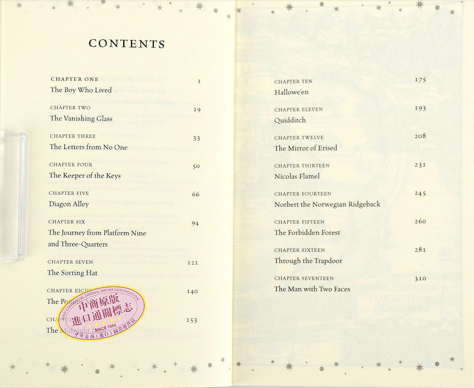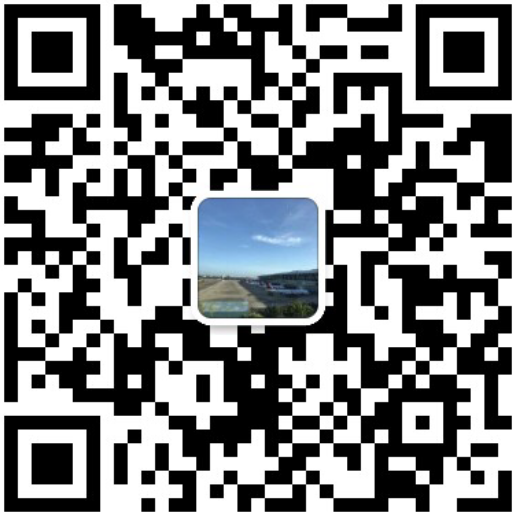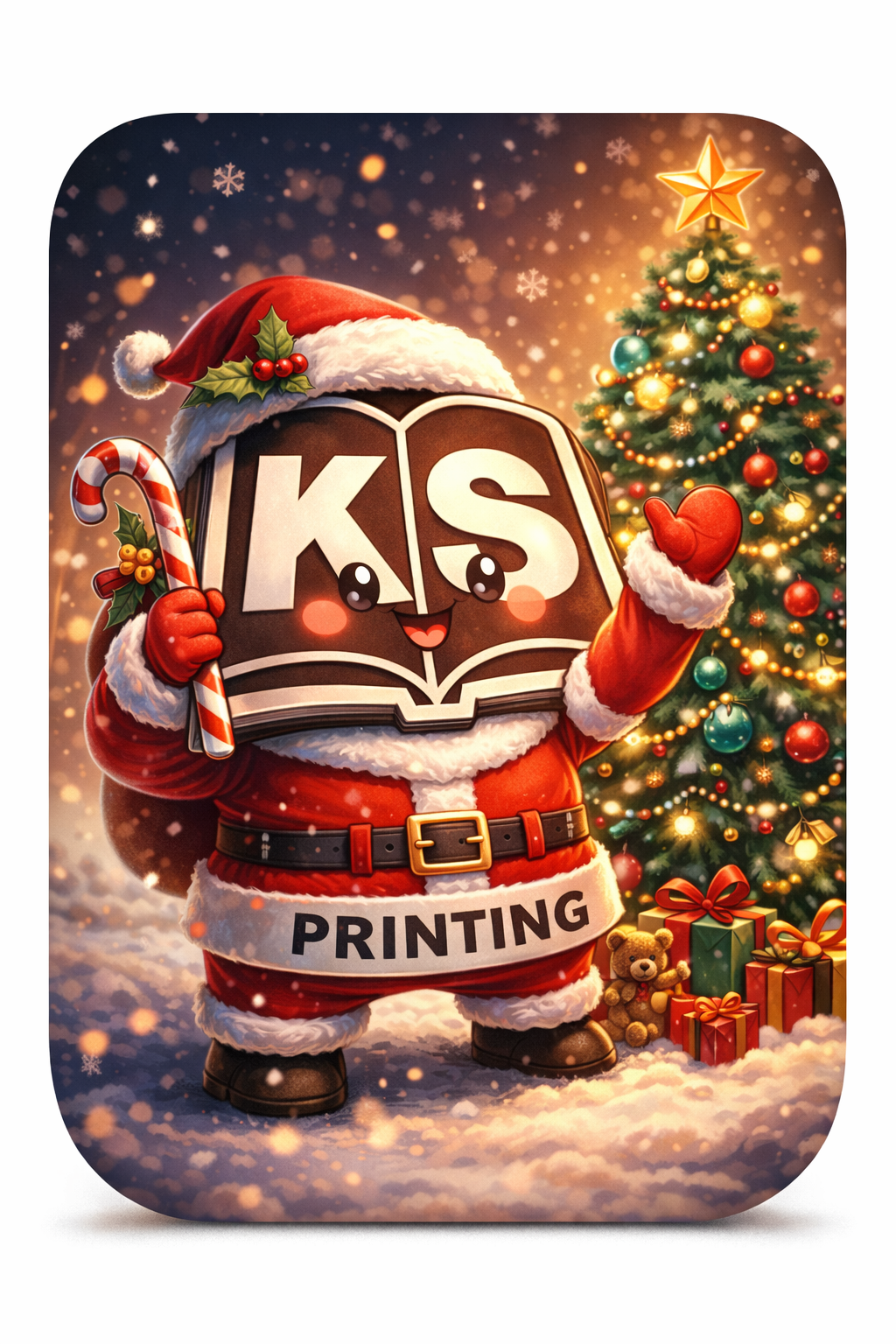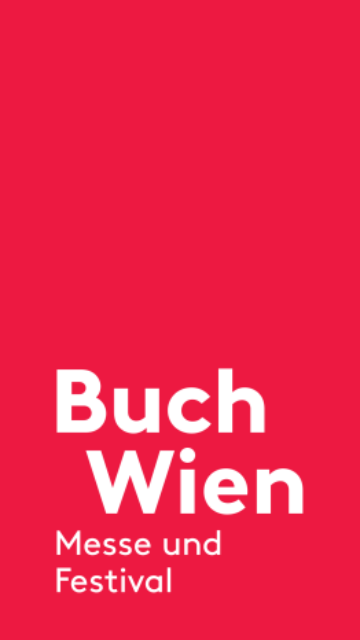Booklet printing, these points of knowledge do not write down.
2021-02-27
Booklet printing, these points of knowledge do not write down.
OpeningThe name for the size of a booklet. We usually say a few open books, that is, its width size is equal to a full sheet of paper (to distinguish between festive degree paper and large degree paper) how many fractions, or a few bits, such as 1/16 for 16 open, 1/32 for 32 open, or 1/8 for eight open.
_388402.jpg) 、
、
Edition word count
Books are calculated by multiplying the number of words per line of the text by the number of lines per page and then by the number of pages in the book. In addition to the text, the word count range includes all other text pages and illustrations, and tables, and the empty lines on each side are counted as full pages.
_4519.jpg)
Book Spine
Is the front and back cover of the booklet connected part equivalent to the thickness of the core.
Book spine (book back, Backbone; spine) refers to the front and back cover of the booklet connected part, equivalent to the thickness of the book core. That is the core surface and the end of the book joint. Also, hardcover books and magazines before and after the connection between the book shell and the book's back. The Paperback spine is flush, the core's surface and the end of the book is vertical; the hardcover spine is higher than the core's surface.
Although it has been unanimously recognized, the importance of spine design to design the spine is not an easy task, and sometimes it is not a matter of design ability but the problem of ideology. The book market is gradually opening up, publishing, distribution, and marketing forms have changed a lot, especially in direct contact with readers of the last link - bookstores, specific sales scale, display methods, etc., are different from the past. Although bookstores of all sizes are now trying to expand their display space, they are still unable to keep up with the variety and number of books published. As a result, competition for the publication and distribution of books has become fierce, and it is no longer easy for readers to hit the shelves in bookstores. Especially those of the same subject matter, title, quality of the book more and more, the display competition has been self-evident. Bookstores are helpless to insert many books on the shelves, only to show the spine, which can be described as "an inch of space an inch of gold." It is not easy for readers to find the books they need among the many varied spines, especially in libraries and even in homes, where texts are inserted in the shelves. Based on these circumstances, it can be judged that the importance of spine design will become more and more apparent and a long-term reality.
It has been said that the cover is the first face of a book, while the spine is the second face of the book. From a functional point of view of an artistic visual point of view, it should be emphasized that the range is as important as the cover. The key to carrying out spine design is a matter of understanding and thinking. By understanding the following key issues and solving them one by one, you can achieve spine design requirements.
_345499.jpg)
Lake Cover
In the book, cover jacket plus another sheet of wrapping paper, known as the protective cover. Cover generally printed with the title, author, publisher, and design mainly used to protect the body and play a decorative role, mostly for hardcover books.
Like
The paperback or hardcover book cover cutout's front and back cover are left with about 8cm of blank paper folded back to the part called Leko. On it is printed with a summary of the contents or the author's profile.
Size
Generally, hardcover books are the main; now, paperback books often appear in the front and back covers folded into a section to increase the book's beauty. When setting the size of the lexicon, the width of the back cover to 1/3-1/2 appropriate, such as the back cover has a bottom chart, the need to the glossary and the rear cover graphics together, so that when the binding, such as size variables (spine bit size, etc.) lexicon can also change.
Copyright page
The copyright page is usually arranged on the reverse side of the main title page or the blank page's reverse side behind the text.
The copyright page of a book, a familiar name in the industry, refers to the pages of a book that contain the contents of the copyright statement.
The copyright page is the copyright symbol of the publication and is also the edition's record page, usually located on the back of the title page, the third cover, or the end of the book. On the copyright page, according to the provisions, should record the title, author, translator, publisher, printer, distributor, edition, printing, opening, print, print, word count, year and month of publication, copyright period, book number, pricing, and other related instructions. Its actual content should be mainly the text to explain and protect copyright, such as: "Copyright, no reprinting," "All rights reserved, reprinting must be investigated," "Please do not reprint," and other words. The copyright page is for readers to understand the book's publication status and is also one of the essential sources of information for the documentation. Especially with the development of standardization in the documentation and the introduction of cataloging in edition (CIP), the copyright page contents will increase, such as the classification number, the subject line, and the title reflecting the book. In this way, the copyright page will become the primary source of information for cataloging.
_591516.jpg)
Table of Contents
The table of contents, which is contained before the book's main text, is a tool to reveal and report on the book. The table of contents is a record of the book's title, author, publication, collection, etc., arranged in a particular order.

Book Preface
Book preface, also known as "preface," "foreword," "introduction," "narrative," "introduction," "preamble," "introduction," etc., etc., is a kind of dependent article of the work or book, mainly introducing the content, main idea of the work, or the author's creative process.
page heart
This refers to the text on each page of the book, including chapter and section headings, text, and figures, tables, formulas, etc. The size of the core should correspond to the printing size.
Header
The header's role is to facilitate the reader to find, flipping, on which the booklet is printed with the chapter, section name, or the title of each article.
Postscript
Postscript is the text written after the book or article. It is mostly used to explain the writing process, or evaluation of the content, etc., also known as the postscript (ba) or text.
_431592.jpg)
The above is how to print a book need to pay attention to both typesetting and proofreading to have a beautiful book presented.
Especially children's book printing is essential for children who are in the initiation stage of brain development; children have strong learning ability, we want children to feel the joy of learning, books are our best friends and the best teachers, so we are primarily focused on the production of children's book printing








































